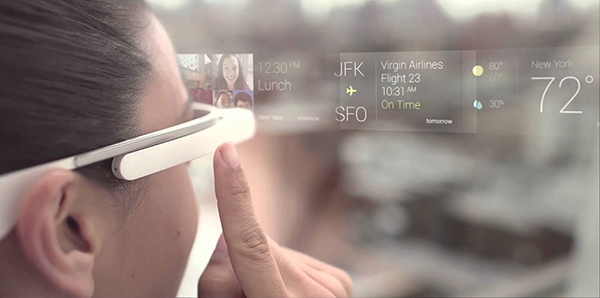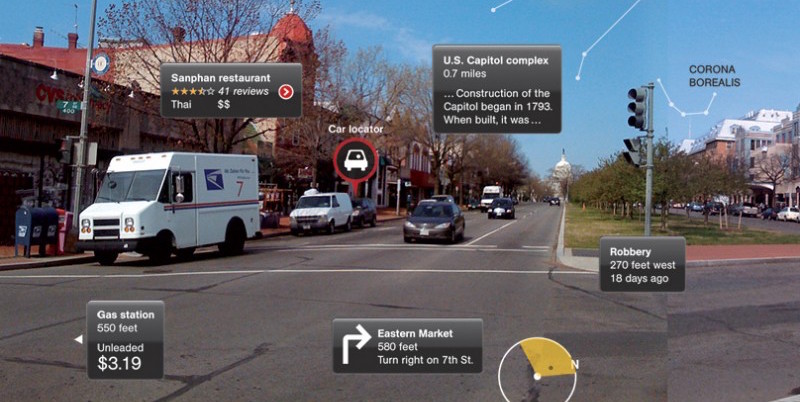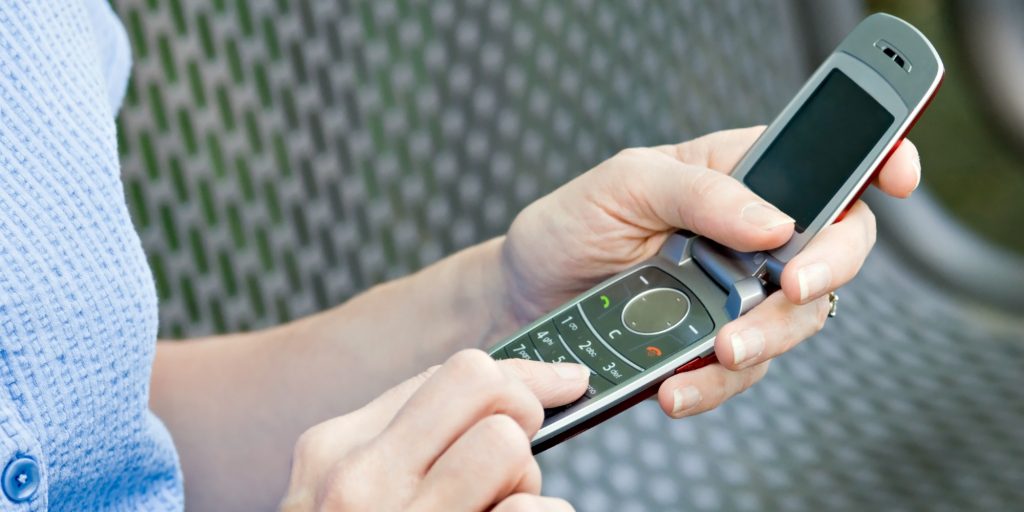Augmented Reality Will Soon Just Be Reality
LifestyleTech December 9, 2022 Damon Mitchell

If you think wearables are changing people’s lifestyles, hold on for augmented reality (AR).
What is augmented reality? It’s not so different from what we experience today, with the world wide web only a pocket away. Augmentation will just save us the effort of fishing through our pockets for our smartphones.
In the same way, that smartphones connected the world of the internet with getting answers to questions right now, augmented reality will forever change the way we live our lives… if we can only create a form factor that normal people would wear.
What is it?
If the pocket internet shortened the gap between us and the sea of data online, then augmented reality is going to mainline that information into our senses. Although it’s too soon to know exactly how, it’s likely that we will have auditory and aural inputs, which will enhance the world as we see it.
For example, imagine you’re walking down the street. You see a flowing tree, drawing an iridescent hummingbird you’ve never seen before. You like the bird so much you’d get it tattooed on your shoulder if you only knew how to find it again. You don’t know its name.
Currently, you could bust our the aforementioned pocket internet, searching for local birds or you could try to use Google’s image search feature by snapping a pic. If you’ve ever tried either of these, you know results can be spotty.
With augmented reality, you would simply look at the bird. The name of the bird would either appear at your request, like a screen pop on the lens of your glasses or contacts, or it might sound in your ear. However the information makes it to your brain, it would come to you, not the other way around.
How close are we?
Sound like super-duper futuristic science fiction stuff? Not so fast.
Google Glass was attempting to be this but was stopped short. Apparently, people didn’t like the idea of little cameras sitting on the faces of Glass wearers, at least at that time. Maybe Google just jumped in the pool a little fast.
As people grow more used to wearables, feeling more optimistic (like, 3x more optimistic) than just two years before, then something like Glass could make a go of it again.
In fact, Lumus Ltd may be the group to do just that. They just funded their smart eyewear product ($15-million), with a sort of Glass looking equivalent.
The best estimates we have are that the augmented reality market will be close to $80-billion by the early 2020s. That’s just after this year’s freshmen graduate.
By those numbers, we could be living in a time like the late 1990’s, where overnight everyone put phones in their pockets.
What’s next?
In order to make augmented into our reality, there are a few barriers we have to pass.
The first one, as stated, will be public acceptance. It will be much easier for folks to accept augmentations if they are nondescript. A camera sticking out of one’s glasses is not nondescript, especially if the wearer keeps talking to the device.
We have to have form factors which slip unnoticeably into the landscape of life. It’s beyond this author what those could be exactly, but stealth will be everything.
The other factor is financing, as always. The pilot program for Glass was a $1,500 investment. That’s too steep for most households. Even $500 would be a stretch, but reasonable if the technology was stealthy.
The closest model we have for this is the virtual reality headset market, which ranges from $300-600 for the best headsets. Get the augmented headset down to $300 and now we’re talking.
Wearables are all about health trackers right now, but cell phones were once all about flip phones. Today, Millennials only know flip phones like Gen Xers know about rotary dial.
As we plunge deeper into the abyss of what wearables become, don’t expect health features to go away, but to be lost in the crowd of features future wearables present. Front and center will be devices that connect us with the immediate world in ways we can only imagine.
Ways, like augmented reality.



